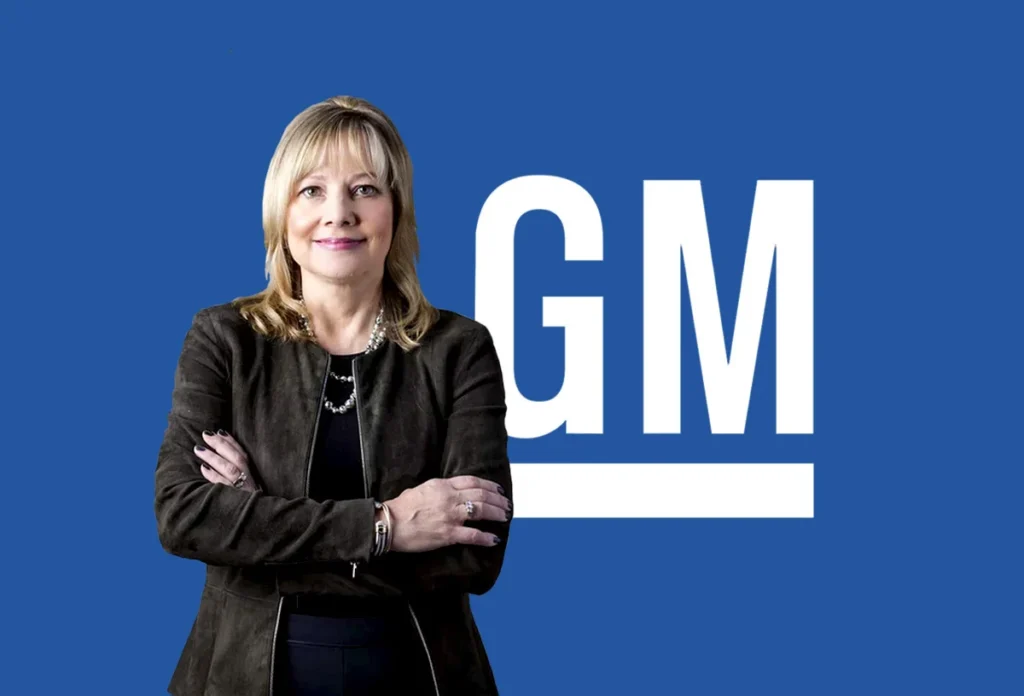The Foundation of Leadership Success
What’s the one thing that separates exceptional leaders from the rest? It’s their ability to build trust in the workplace. In 2025, as hybrid teams, AI tools, and economic uncertainties shape the workplace, trust is the glue that holds teams together and drives success. Leadership in the workplace isn’t just about giving orders—it’s about creating an environment where people feel safe, valued, and motivated to give their best.
When trust is present, teams collaborate better, innovate more, and stay loyal even during tough times. But how do great leaders build trust effectively? This article explores why trust matters, shares real-world examples from top leaders, and provides five actionable ways to foster it in your workplace. Ready to strengthen your leadership through trust? Let’s dive in.

Why Trust Matters in Leadership
Trust is the foundation of any high-performing team. It’s the belief that a leader is reliable, transparent, and genuinely cares about their team’s well-being. In leadership in the workplace, trust directly impacts productivity, engagement, and retention. A 2024 study by PwC found that 55% of employees are more likely to stay with a company where they trust their leaders, and 67% report higher job satisfaction.
Without trust, teams struggle. Miscommunication festers, morale drops, and innovation stalls. For example, a leader who hides information during a crisis might spark rumors and anxiety, while a trusted leader who communicates openly can rally their team to overcome challenges. Building trust isn’t just a soft skill—it’s a business imperative. Want to explore more on creating a positive workplace culture? Check out our guide on empowering leadership. How trusted do you think your team feels right now?
Way 1: Lead with Transparency
Transparency is a cornerstone of trust. Great leaders share information openly, even when the news is tough, to show they value honesty. This builds credibility and reassures teams that there are no hidden agendas.
Consider Brian Chesky, CEO of Airbnb. In 2020, when the pandemic hit, Airbnb faced massive layoffs. Chesky wrote a public letter to employees, explaining the decision with clarity, outlining generous severance packages, and committing to help those affected find new jobs. His transparency retained trust among remaining staff, with 97% reporting confidence in leadership post-layoffs.

Try This: Share a monthly update with your team, even if it’s just a quick email. Include wins, challenges, and upcoming plans. If a project is delayed, explain why and outline next steps. For more on navigating tough times, see our post on leading through layoffs.
Way 2: Show Vulnerability
Leaders who admit their mistakes and share their challenges humanize themselves, making it easier for teams to trust them. Vulnerability in leadership in the workplace isn’t a weakness—it’s a strength that fosters connection.
Take Satya Nadella, Microsoft’s CEO. In 2014, Nadella made a public misstep by saying women shouldn’t ask for raises but trust the system. Facing backlash, he quickly apologized, admitted his error, and committed to improving diversity at Microsoft. His vulnerability earned respect, and by 2023, Microsoft’s workforce diversity had improved significantly, reflecting his genuine efforts.
Try This: Share a lesson you’ve learned from a recent mistake in your next team meeting. For example, “I underestimated the time this project needed, and I’ll plan better next time.” This openness invites trust. For more, read our article on how vulnerability elevates leadership. How comfortable are you showing vulnerability?
Way 3: Listen Actively and Act on Feedback
Trust grows when team members feel heard. Great leaders don’t just listen—they act on feedback, showing their team that their voices matter. This is a powerful way to build trust in the workplace.
Mary Barra, CEO of General Motors, demonstrated this during GM’s 2014 recall crisis. After discovering faulty ignition switches, Barra held listening sessions with employees and customers, gathering their input on safety concerns. She then implemented stricter safety protocols based on their feedback, rebuilding trust in the company. By 2023, GM was a leader in automotive safety, thanks to her responsive leadership.

Try This: After your next meeting, ask for feedback: “What can I do to support you better?” Summarize what you hear to show you’re listening, then take one actionable step—like adjusting a deadline. For more on feedback, check out our guide on giving constructive feedback.
Way 4: Be Consistent and Reliable
Consistency builds trust by showing your team they can depend on you. When leaders follow through on promises and maintain steady behavior, they create a sense of stability in leadership in the workplace.
Look at Angela Merkel, former German Chancellor. During her 16-year tenure, Merkel was known for her steady, reliable leadership, especially during crises like the 2008 financial crash and the 2015 refugee crisis. She consistently communicated her decisions with data and clarity, earning trust from both her team and the public. Her reliability helped Germany navigate turbulent times successfully.
Try This: Make a commitment to your team—like weekly check-ins—and stick to it, no matter how busy you get. If you promise to review a report by Friday, deliver on time. Consistency builds trust over time. For more on reliability, explore our post on building a lasting leadership legacy.

Way 5: Empower Through Emotional Intelligence
Leaders who build trust in the workplace often rely on emotional intelligence (EQ). By understanding and responding to their team’s emotions, they create a supportive environment where trust can flourish.
Jacinda Ardern, former New Zealand Prime Minister, is a prime example. After the 2019 Christchurch mosque attacks, Ardern showed deep empathy, visiting victims and listening to their needs. Her emotional intelligence inspired her team to act swiftly on gun control reforms, earning widespread trust. Her leadership approval ratings soared to 70% in 2020, reflecting the trust she built.
Try This: In your next one-on-one, ask a team member how they’re feeling about their workload. If they’re stressed, offer support—like a lighter task or extra resources. This shows you care, fostering trust. For more on EQ, read our article on emotional intelligence in leadership. How well do you connect with your team’s emotions?
The Impact of Trust on the Modern Workplace
In 2025, trust is more critical than ever. With Gen Z prioritizing authenticity and hybrid work creating distance, leaders who build trust in the workplace foster resilience and innovation. A 2024 Harvard Business Review article notes that trusted leaders see 50% higher employee engagement (HBR). Trust also reduces turnover, saving companies millions in hiring costs. For insights on modern workplace dynamics, see our post on Gen Z rewriting leadership rules.

Start Building Trust Today
Great leaders build trust in the workplace by leading with transparency, showing vulnerability, listening actively, being consistent, and leveraging emotional intelligence. From Brian Chesky’s honesty to Jacinda Ardern’s empathy, real-world examples prove that trust drives leadership success. Start small: share an update, admit a mistake, or listen to feedback this week. The result? A stronger, more engaged team ready to tackle any challenge.
Ready to build trust with your team? Choose one strategy from this article—like hosting a listening session—and implement it today. Share your experience in the comments, or explore our leadership development resources to keep growing. Build trust, and watch your team thrive!
“Trust isn’t given—it’s built through consistent, empathetic leadership.” Jamaluddin Khan / Leadership Foundry


